Home>Gardening & Outdoor>Pool & Spa Care>Why Is My Hot Tub Water Level Dropping
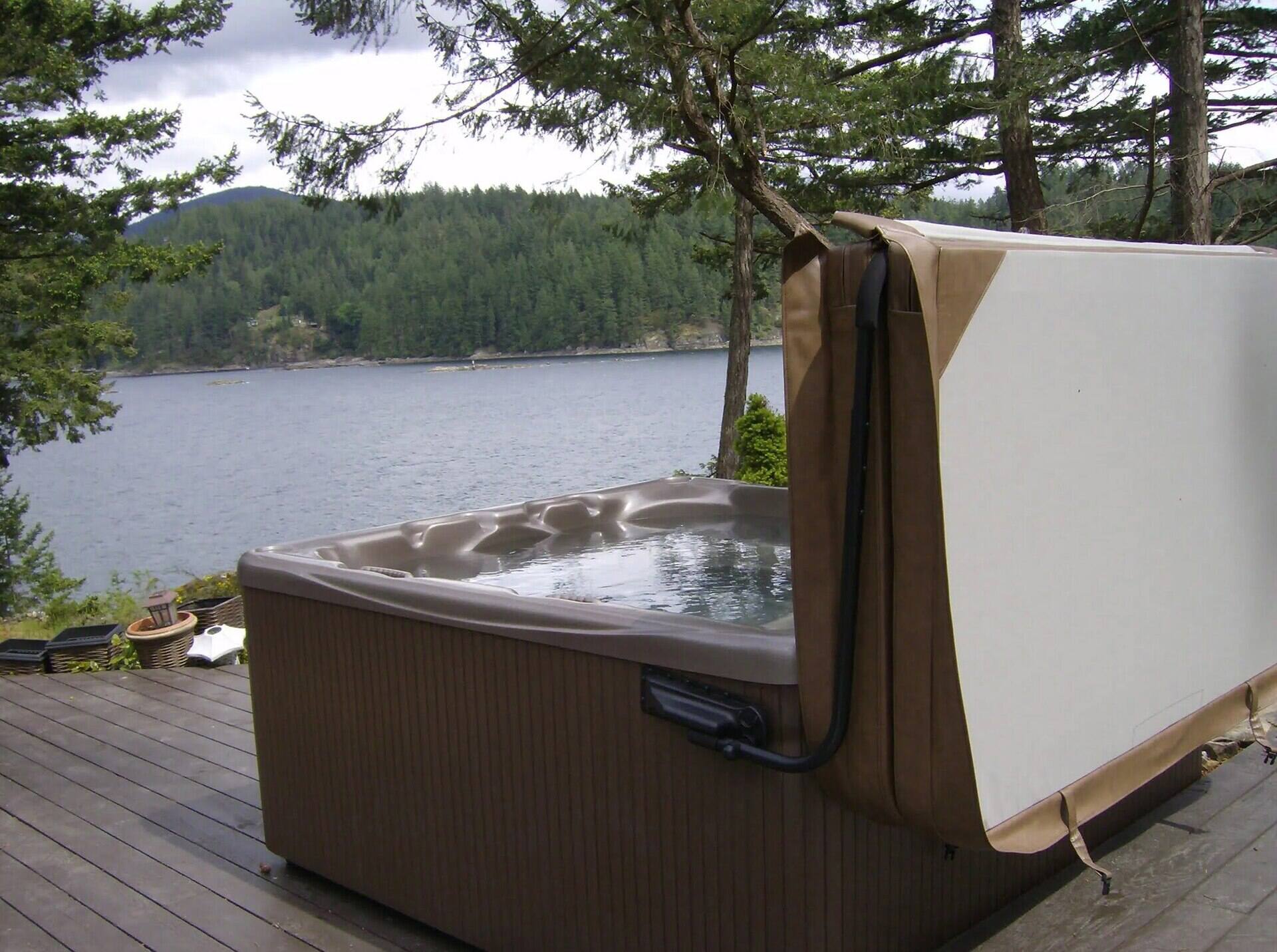

Pool & Spa Care
Why Is My Hot Tub Water Level Dropping
Modified: February 25, 2024
Discover the reasons behind your hot tub's water level dropping and learn essential pool and spa care tips to maintain optimal water levels and prevent issues. Explore effective solutions to keep your hot tub water level balanced.
(Many of the links in this article redirect to a specific reviewed product. Your purchase of these products through affiliate links helps to generate commission for Storables.com, at no extra cost. Learn more)
Introduction
Welcome to the wonderful world of hot tub ownership! If you've noticed that your hot tub's water level seems to be dropping, you're not alone. Many hot tub owners encounter this issue at some point, and it's essential to understand the potential causes and how to address them.
In this article, we'll explore the common reasons why hot tub water levels drop, including evaporation and potential leaks. We'll also delve into the importance of proper hot tub maintenance to ensure that your oasis remains in top condition.
So, if you've been scratching your head and wondering, "Why is my hot tub water level dropping?" fear not! We're here to unravel the mystery and provide you with valuable insights to keep your hot tub in pristine condition. Let's dive in and explore this intriguing topic together!
Key Takeaways:
- Keep your hot tub water level in check by using a high-quality cover to reduce evaporation and regularly adding water as needed. This helps maintain a safe and enjoyable soaking experience.
- Stay vigilant for leaks by conducting routine inspections and employing simple detection methods. Addressing leaks promptly prevents water loss and potential damage to your hot tub and its surroundings.
Read more: Why Is My Hot Tub Water Cloudy And Foamy
Understanding Evaporation
One of the most common reasons for a hot tub water level to drop is evaporation. As your hot tub operates at a higher temperature than the surrounding air, water molecules escape as vapor, gradually leading to a decrease in water level. This natural process is influenced by various factors, including ambient temperature, humidity levels, and the frequency of hot tub use.
During warmer months or in regions with low humidity, evaporation tends to occur more rapidly. Additionally, if you frequently enjoy long soaks in your hot tub or leave the cover off for extended periods, you may notice a more pronounced reduction in water level due to increased evaporation.
To mitigate the effects of evaporation, using a high-quality hot tub cover is crucial. A well-insulated cover not only helps retain heat and energy but also minimizes water loss through evaporation. It serves as a protective barrier, reducing the exposure of hot tub water to the elements and thereby slowing down the evaporation process.
Regularly monitoring and maintaining the water level in your hot tub is essential, especially during periods of high evaporation. By adding water as needed to compensate for the loss, you can ensure that your hot tub remains at the optimal water level for safe and enjoyable use.
Understanding the role of evaporation in hot tub water level fluctuations empowers you to take proactive measures to manage water loss effectively. By addressing evaporation through proper cover usage and vigilant water level maintenance, you can uphold the integrity of your hot tub and prolong the enjoyment it brings.
Checking for Leaks
While evaporation is a common cause of water level reduction in hot tubs, it’s important to be vigilant about the possibility of leaks. Even a small leak can lead to a gradual decline in water level, potentially causing more significant issues if left unattended.
One effective way to determine whether your hot tub is experiencing a leak is to conduct a simple dye test. By adding a few drops of leak detection dye to the water and observing whether the color is drawn out of the tub, you can identify the presence of any leaks. This straightforward method can help pinpoint the location of a leak, enabling you to take the necessary steps to address it promptly.
Another approach to detecting leaks involves a thorough visual inspection of the hot tub and its components. Check for any signs of water accumulation outside the tub, particularly around the base and equipment areas. Additionally, closely examine the fittings, valves, and plumbing for any indications of moisture or dripping. Identifying and resolving leaks early on can prevent water loss and potential damage to the hot tub structure and surrounding areas.
Furthermore, the integrity of the hot tub’s shell should be assessed to rule out any cracks or deterioration that could lead to water seepage. Any identified issues with the shell should be promptly addressed by a professional to prevent further water loss and maintain the structural soundness of the hot tub.
By remaining attentive to the possibility of leaks and promptly addressing any identified issues, you can safeguard your hot tub from water loss and maintain its overall functionality. Regular inspections and proactive leak detection measures are essential components of responsible hot tub ownership, ensuring that your relaxation haven remains in optimal condition.
Check for any visible leaks in the hot tub and its plumbing. Inspect the pump, heater, and connections for any signs of water loss. Also, make sure the hot tub cover is properly sealed to prevent evaporation.
Proper Hot Tub Maintenance
Maintaining your hot tub in top condition is crucial for preserving water levels and ensuring a safe and enjoyable experience for all users. Implementing a comprehensive maintenance routine can help mitigate water loss, prevent potential issues, and extend the longevity of your hot tub.
Regularly checking the hot tub’s components, including the cover, seals, and plumbing, is fundamental to identifying and addressing any factors contributing to water level reduction. By inspecting for wear and tear, damage, or malfunctions, you can proactively address potential sources of water loss and maintain the integrity of the hot tub system.
Furthermore, adhering to a consistent water care regimen is essential for preserving water quality and minimizing the need for frequent water replacement. Properly balanced water chemistry not only promotes a hygienic and inviting hot tub environment but also reduces the frequency of water additions, consequently helping to sustain optimal water levels.
Investing in a high-quality hot tub cover and utilizing it diligently can significantly mitigate water loss through evaporation. A well-fitted, insulated cover acts as a barrier against heat loss and evaporation, effectively conserving water and reducing the need for frequent refilling.
Regularly monitoring the water level and promptly addressing any deviations from the recommended level is imperative. By promptly adding water as needed, you can maintain the appropriate water level for safe and efficient hot tub operation, minimizing the risk of component damage and ensuring a consistent and enjoyable soaking experience.
Lastly, seeking professional maintenance and servicing as recommended by the hot tub manufacturer is vital for addressing potential issues and ensuring the overall health of your hot tub. Professional technicians can conduct thorough inspections, identify underlying concerns, and perform necessary repairs to uphold the functionality and water retention capabilities of your hot tub.
By embracing a proactive and diligent approach to hot tub maintenance, you can effectively manage water levels, preserve water quality, and prolong the lifespan of your hot tub. Consistent care and attention to detail are key to enjoying the benefits of your hot tub oasis for years to come.
Conclusion
As a hot tub owner, understanding the factors influencing water level fluctuations is essential for maintaining your hot tub’s performance and longevity. Evaporation, a natural process accelerated by temperature differentials and environmental conditions, is a primary contributor to water loss in hot tubs. By utilizing a high-quality cover, monitoring water levels, and adding water as needed, you can effectively manage the impact of evaporation and sustain optimal water levels.
While evaporation is a common culprit, the possibility of leaks should not be overlooked. Conducting routine inspections and employing simple detection methods can help identify and address leaks promptly, preventing water loss and potential damage to the hot tub and its surroundings.
Proper hot tub maintenance, encompassing regular checks, water care, cover usage, and professional servicing, is paramount for mitigating water loss and preserving the functionality of your hot tub. By integrating these practices into your hot tub care routine, you can safeguard against water level fluctuations and ensure a consistently enjoyable and safe soaking experience.
Ultimately, staying attuned to your hot tub’s water level and implementing proactive measures to counteract evaporation and address potential leaks are instrumental in maintaining a harmonious and efficient hot tub environment. With conscientious care and attention, you can relish the rejuvenating benefits of your hot tub oasis while safeguarding its longevity and performance for years to come.
So, the next time you ponder, “Why is my hot tub water level dropping?” remember that a blend of awareness, maintenance, and proactive intervention can help you unravel the mystery and keep your hot tub’s water level in perfect balance.
Frequently Asked Questions about Why Is My Hot Tub Water Level Dropping
Was this page helpful?
At Storables.com, we guarantee accurate and reliable information. Our content, validated by Expert Board Contributors, is crafted following stringent Editorial Policies. We're committed to providing you with well-researched, expert-backed insights for all your informational needs.
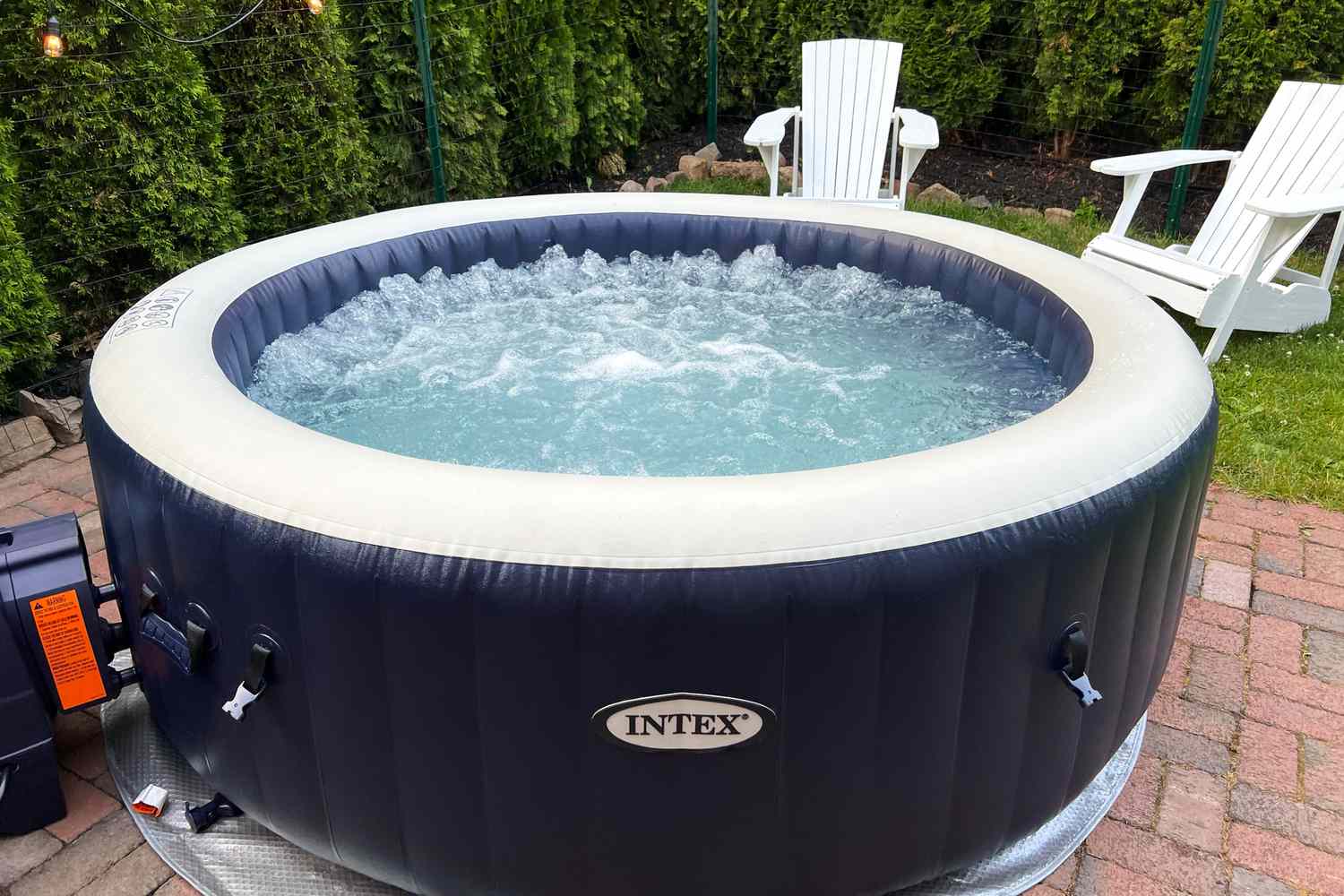
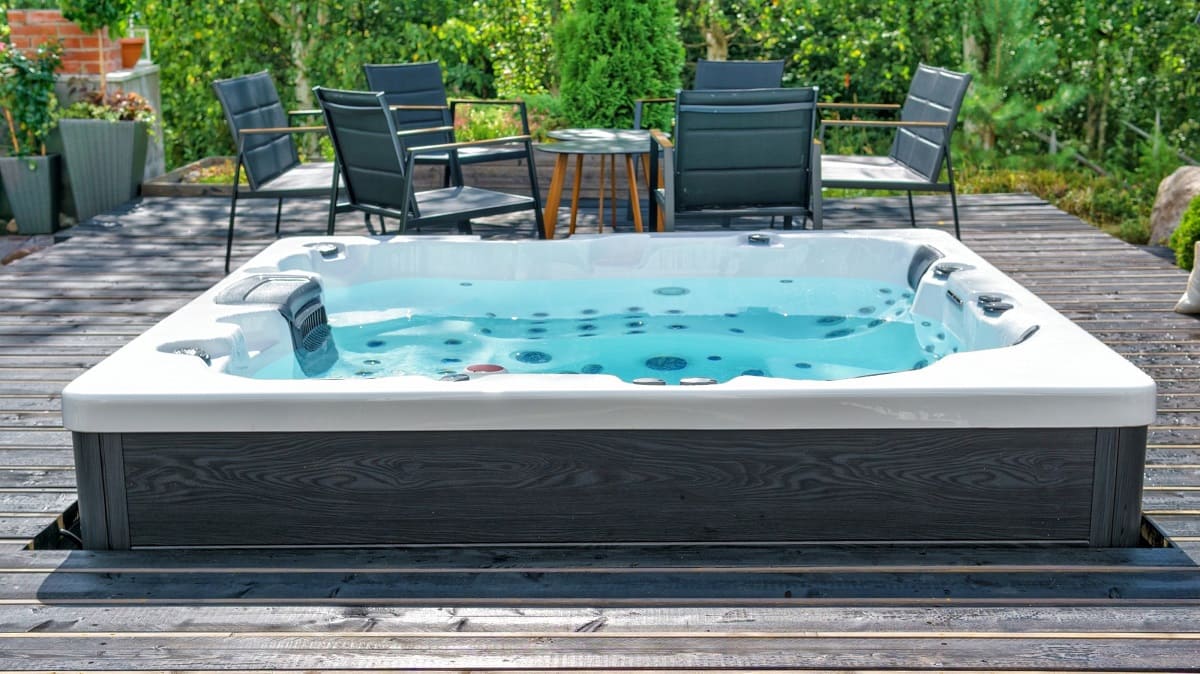
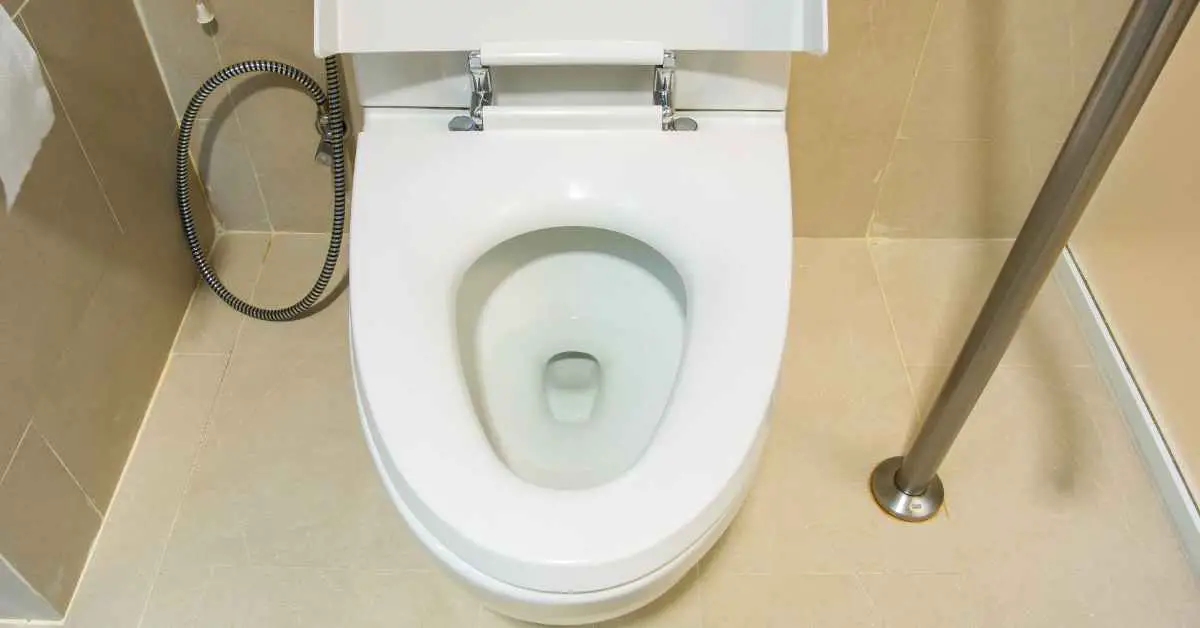

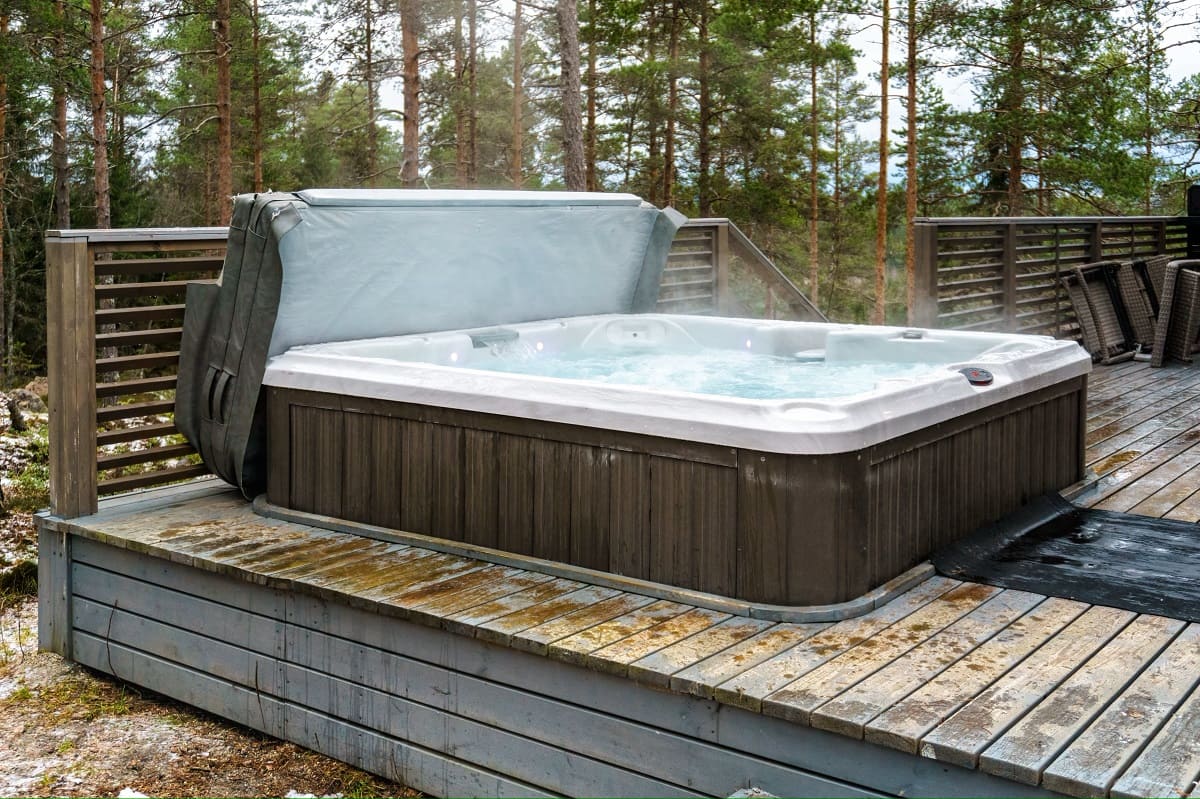
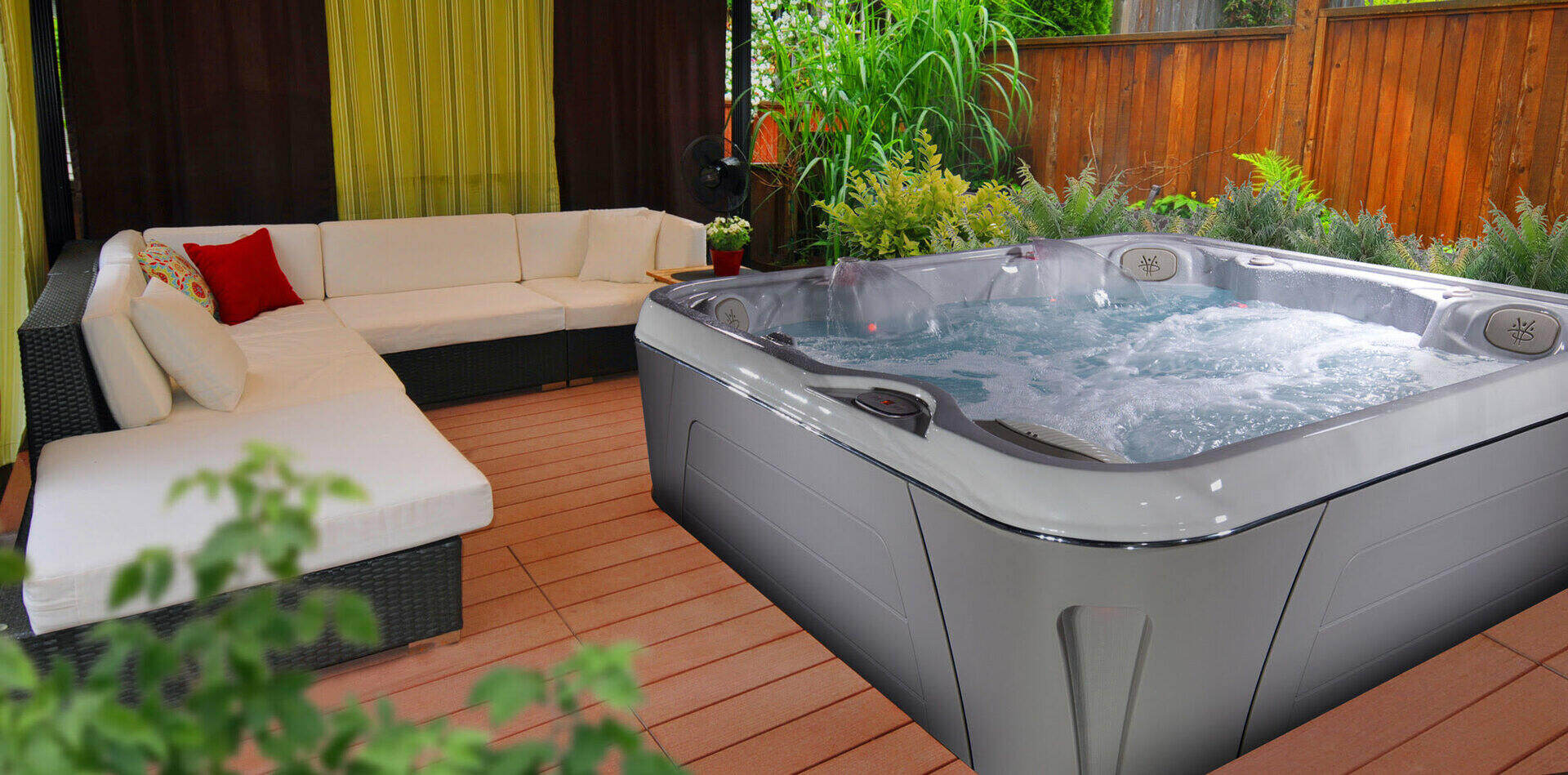
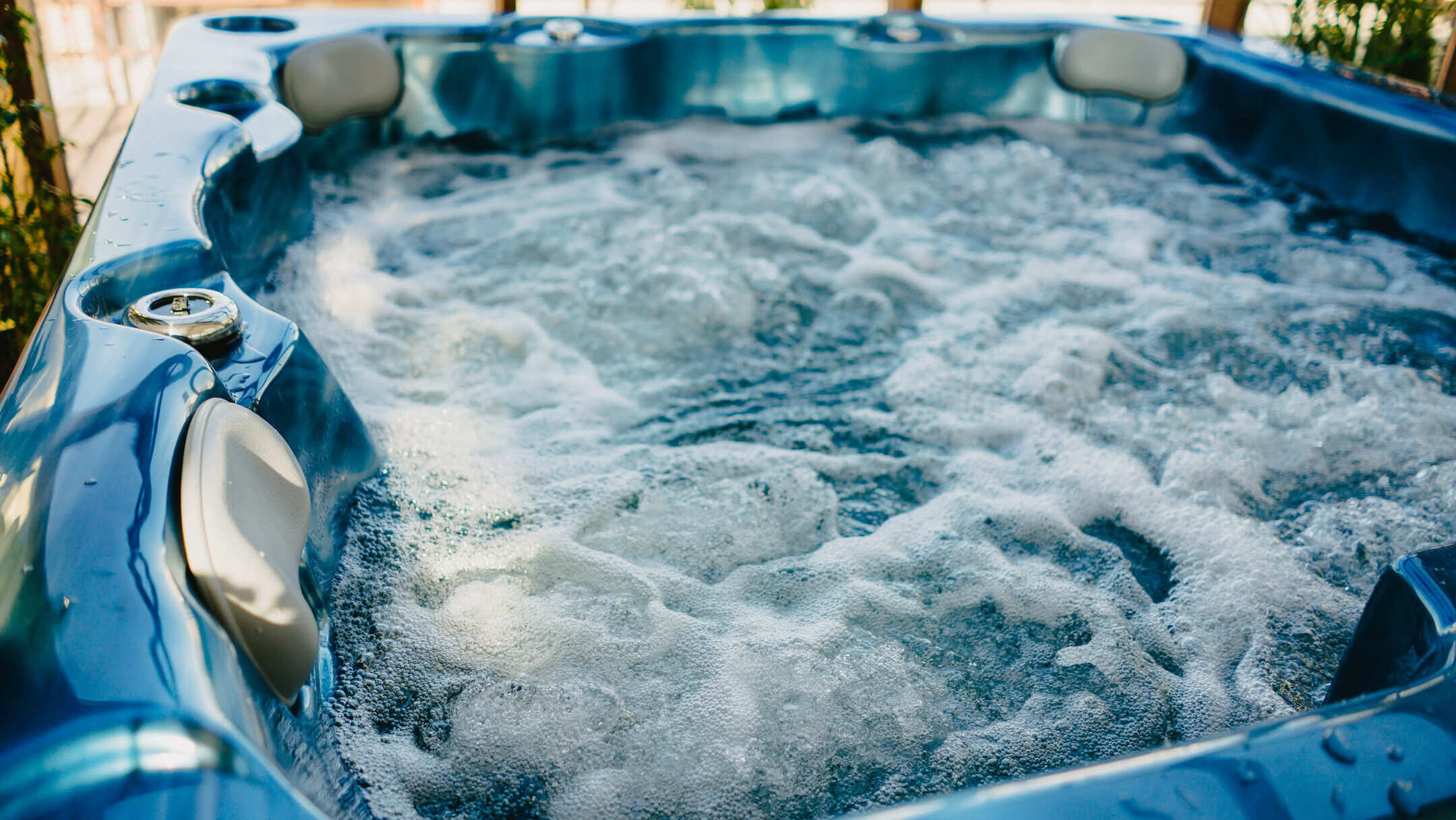
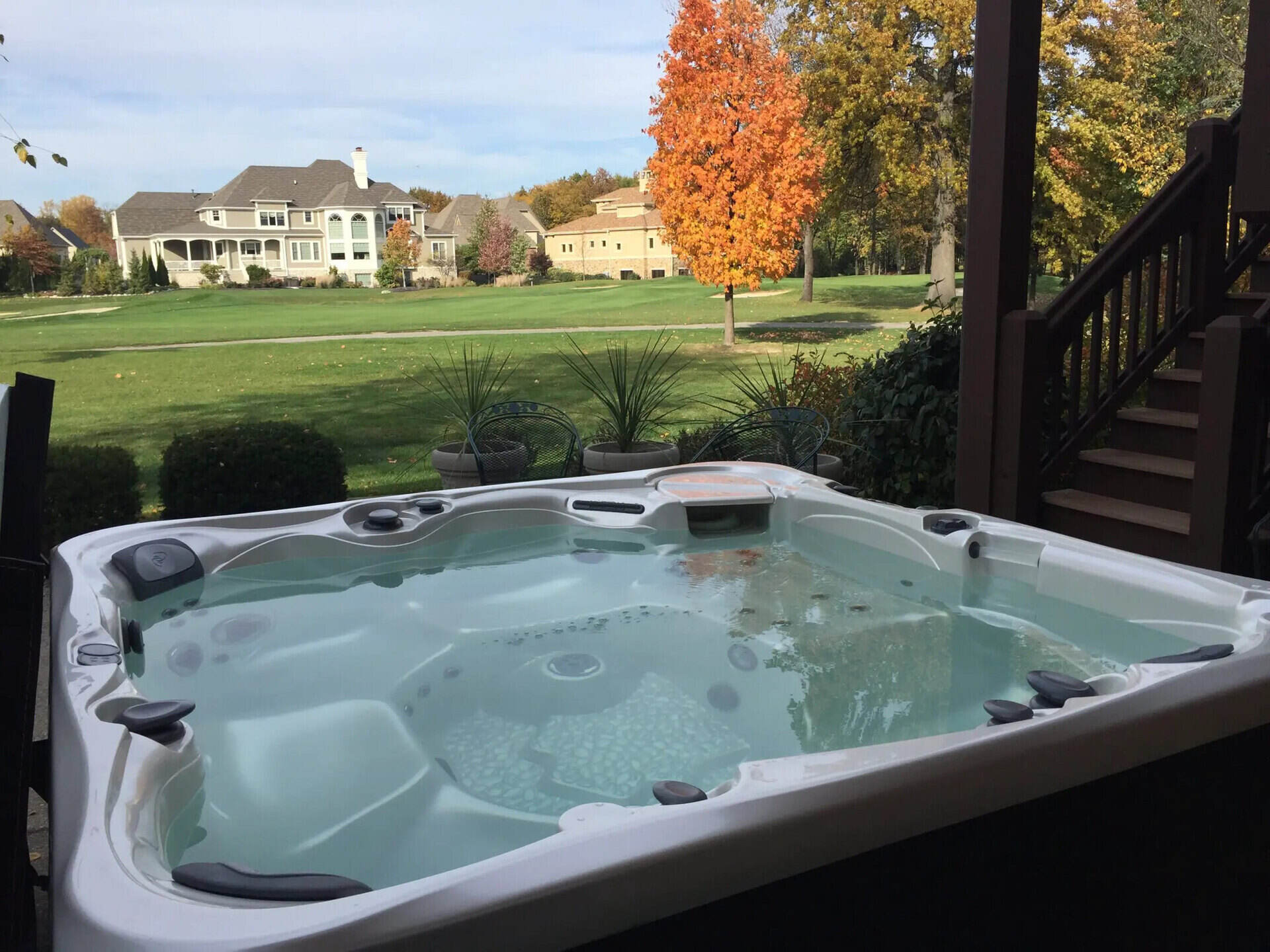
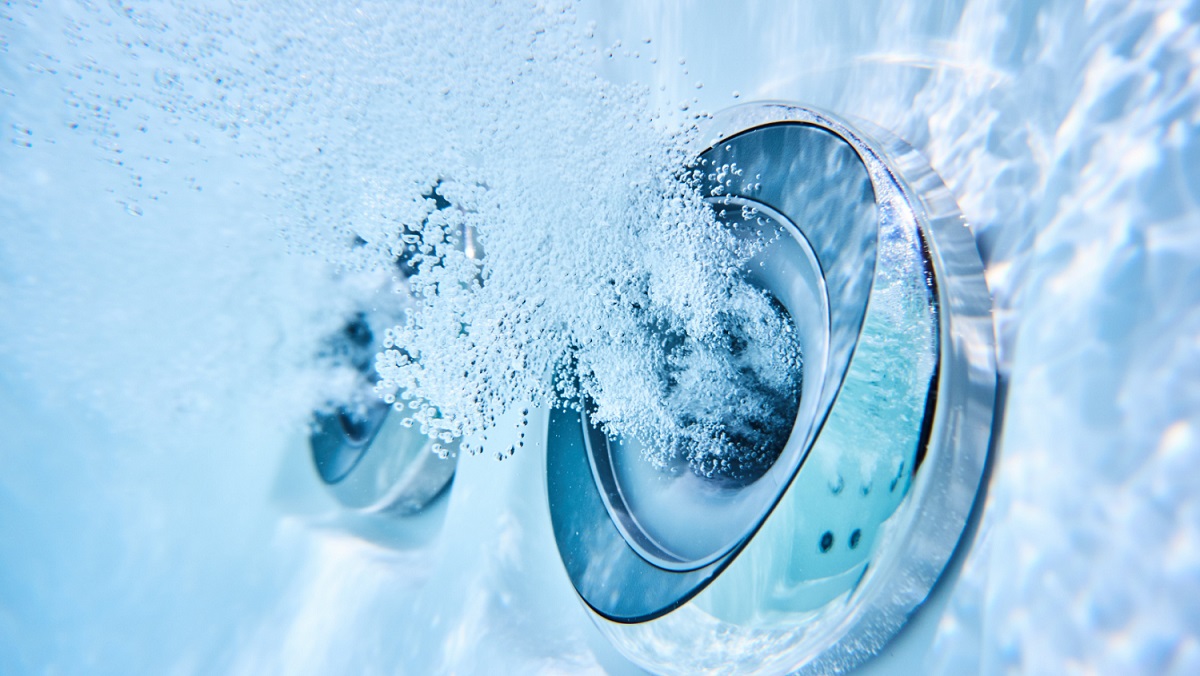
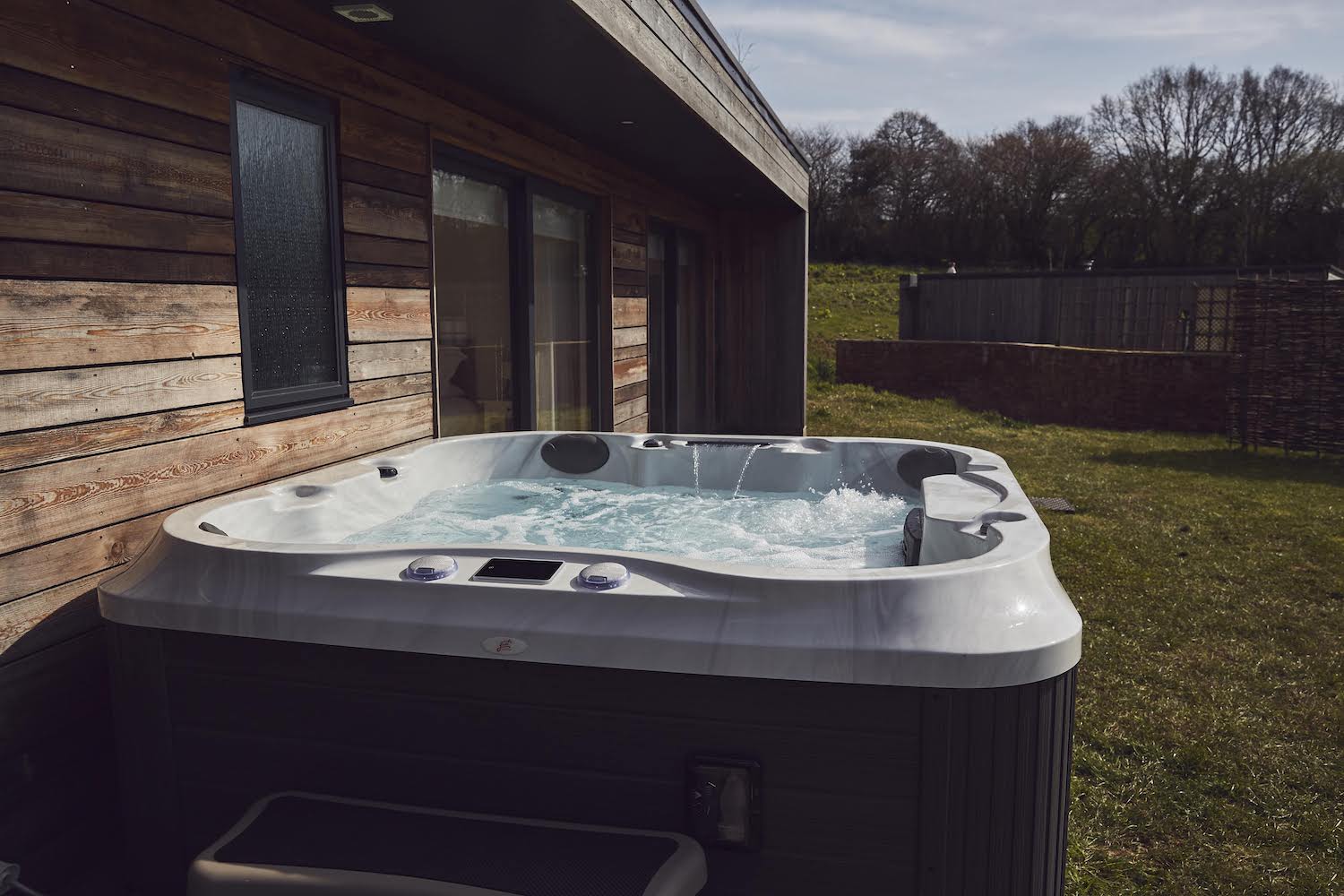
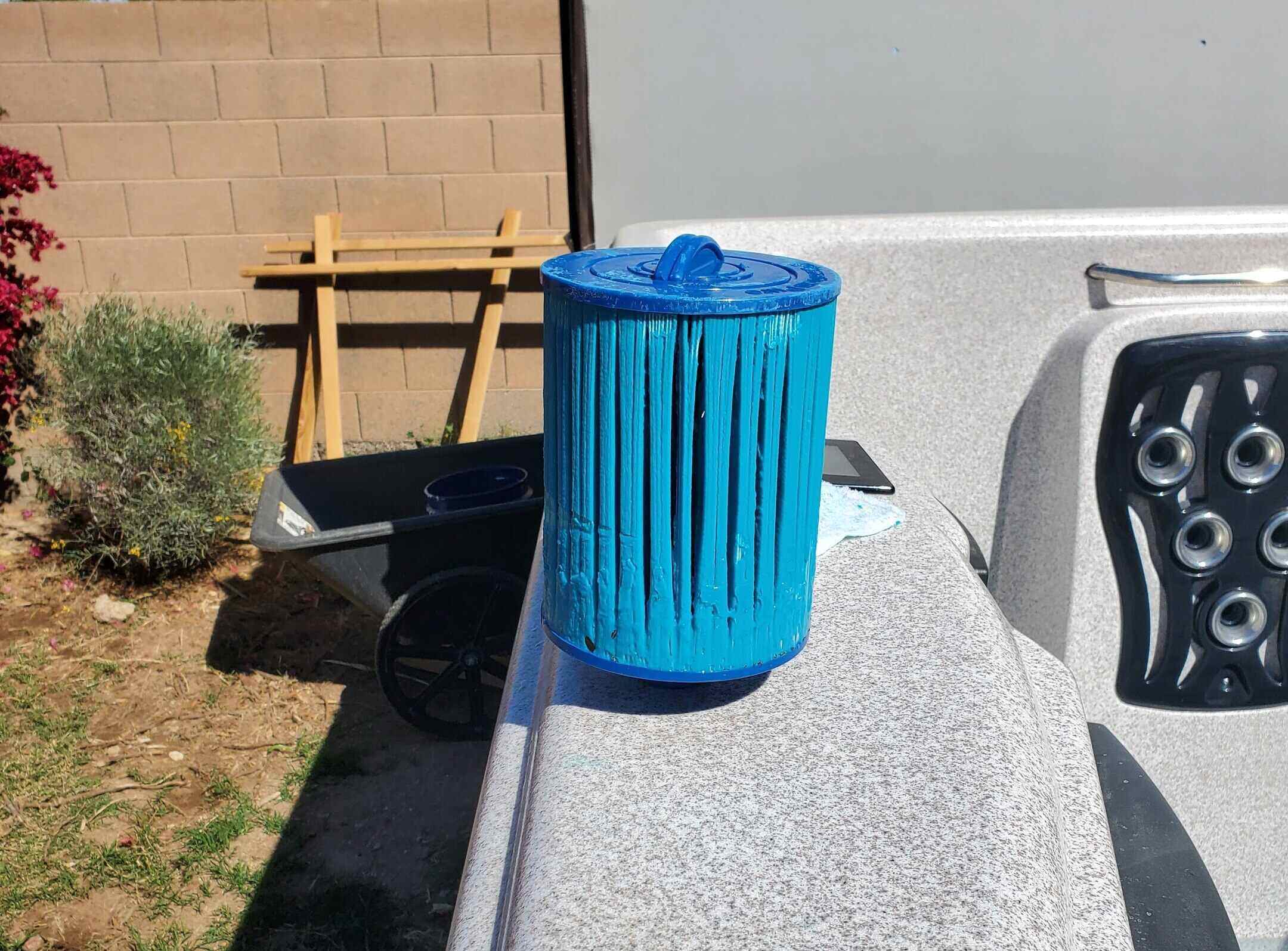
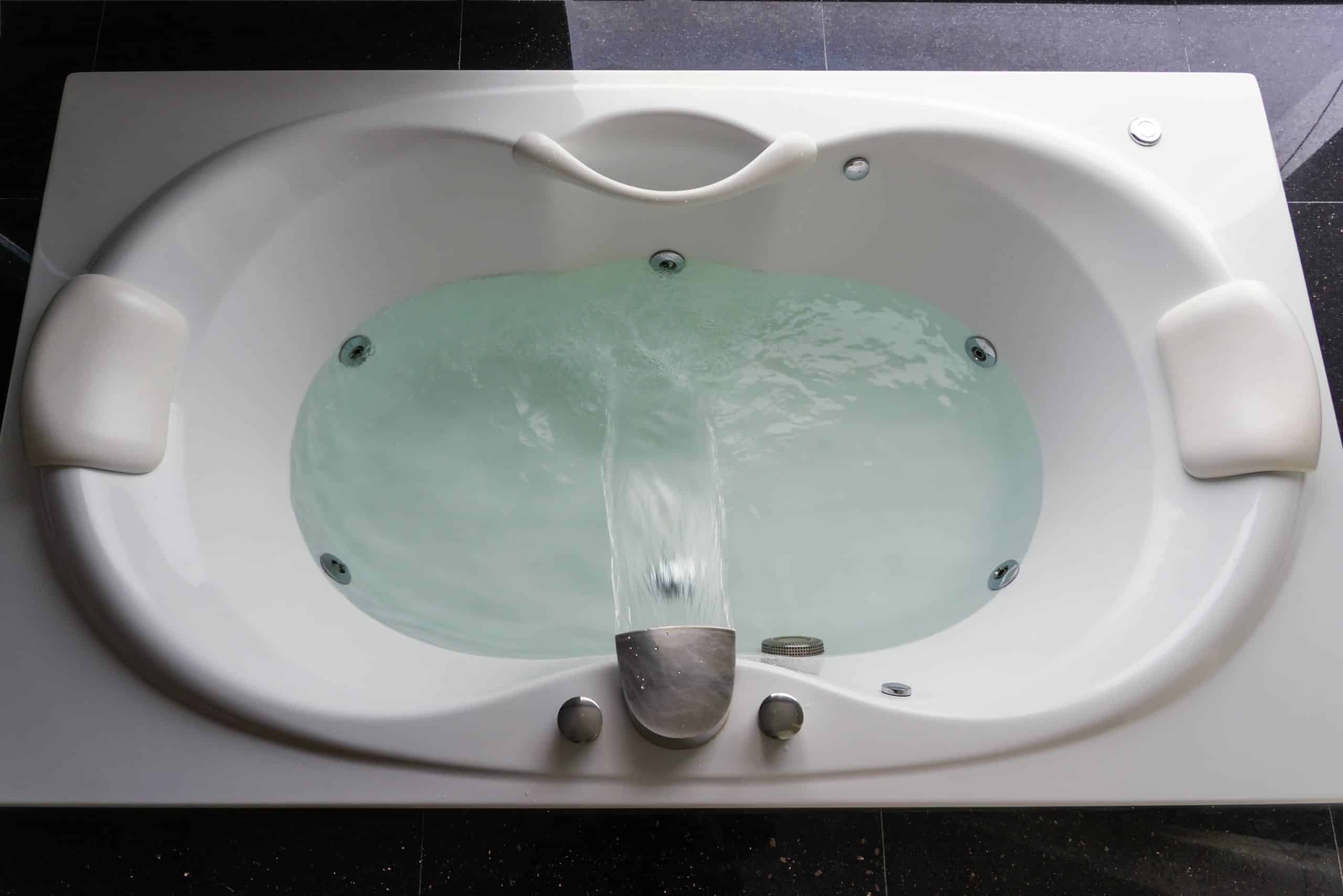
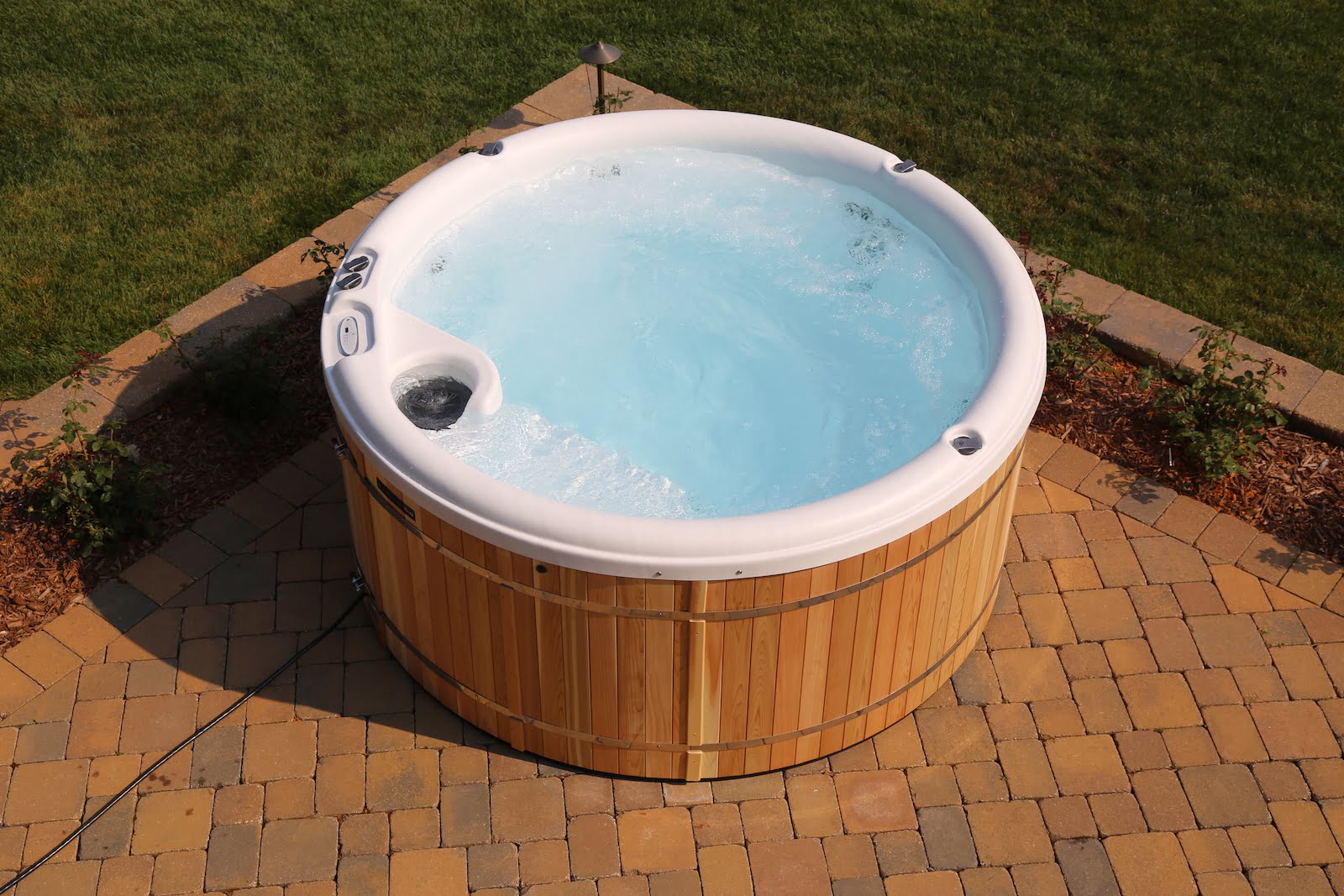
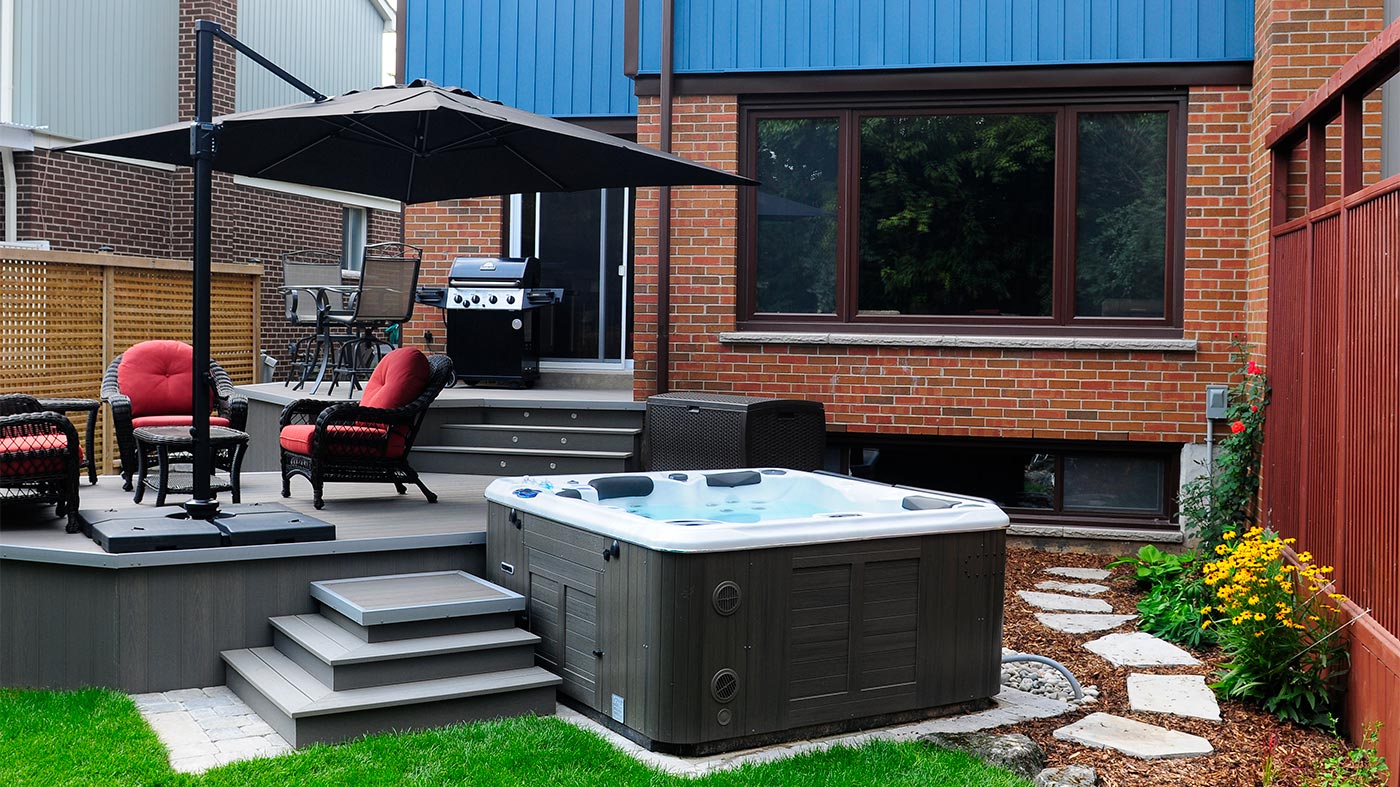
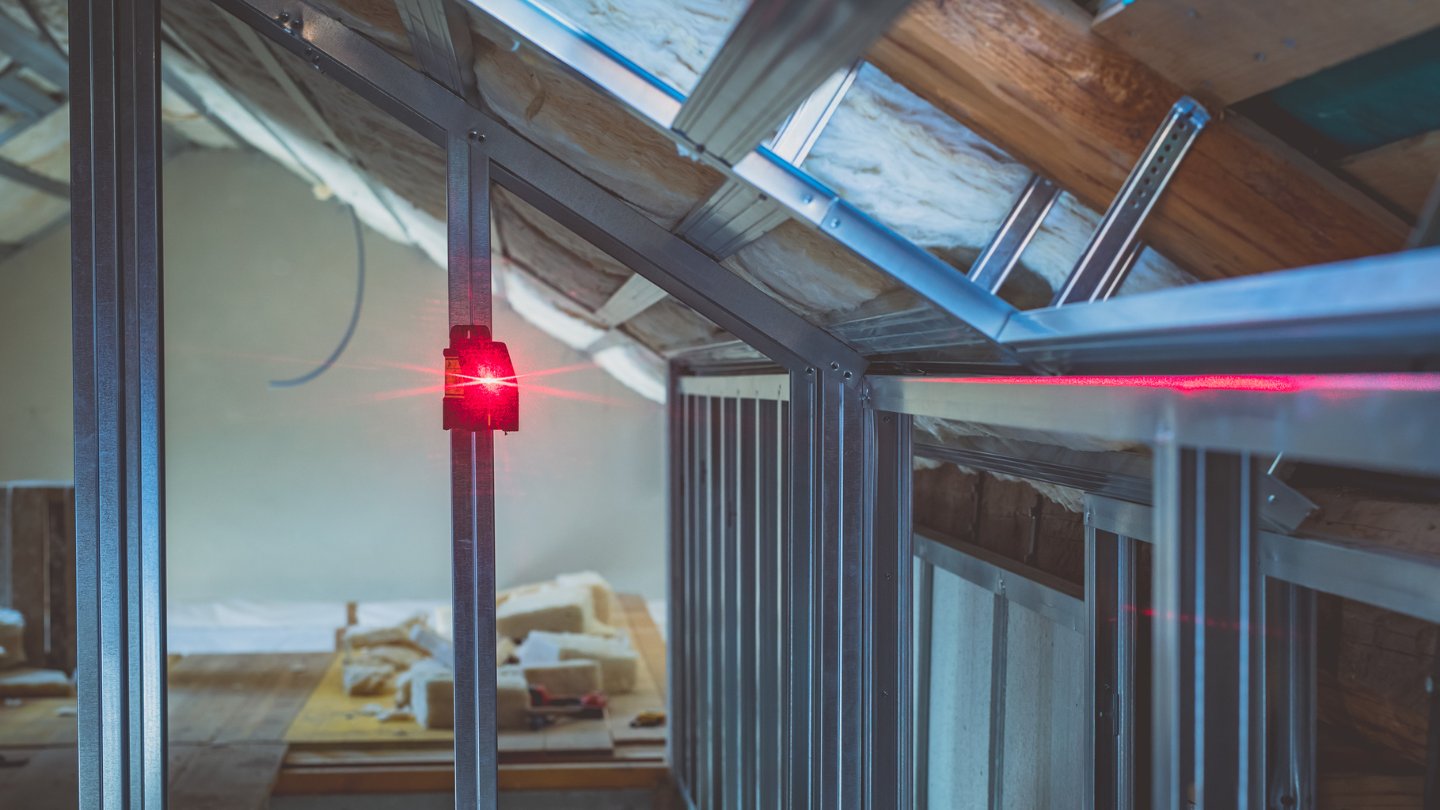

0 thoughts on “Why Is My Hot Tub Water Level Dropping”